David Alan Harvey’s inspiring TED Talk touches on aspects of his childhood that led him towards a life of photography and it’s a candid look behind the viewfinder of one of the world’s greatest documentary photographers. His conversational speaking style makes his message approachable and endearing and it’d definitely worth a watch. Hit the jump for the full video.
David Alan Harvey TED Talk
I met David Alan Harvey at the Magnum Days workshop in Provincetown last year and was instantly struck by his singleminded focus and dedication to the craft of photography. He seemed to be a man who truly lived with his subjects and literally became a part of the scene he was documenting.
So it’s interesting to hear him speak at length about his history and the evolution of his work as he’s lived his life behind a camera. From the family album that was his first photobook to his most recent work in Rio his focus has always been on the work and photographing because it compelled him.
It’s worth the time to watch the entire video but here are a few highlights:
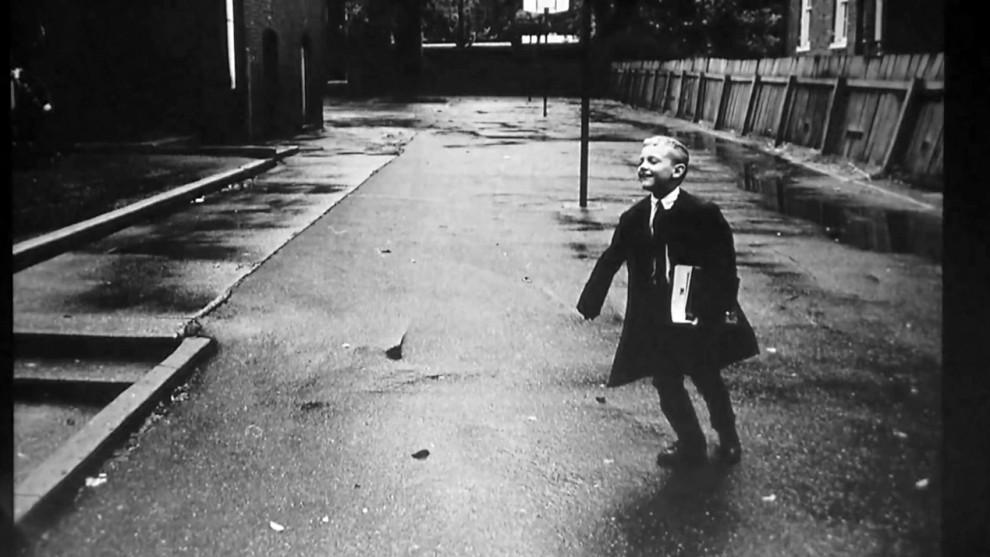
My story, my wall that I had to go over, around, through, started right here. Black. Well, when I was six years old I was diagnosed with polio. I was told very directly that death was a real possibility, that disability was a real possibility. We can see that, we just saw from Sophia that disability can certainly be overcome. But in any case, I was, forget that part. The tough part for me was the psychological part of being isolated. Basically solitary confinement at age six for about three months. And nobody wanted to come and see me, I was seperated from my family without, really, any explanation. The didn’t really know what was happening either.
And all I had in this isolation ward in the hospital was a little window which in effect became a viewfinder looking out into the world. And I could look out on the street and the truth is all I wanted was to become this kid. That’s all I wanted. I didn’t want anything else but just to be able to run to the playground. This is a photograph that I made when I was 18 years old and I was an art history major and I was in photography school. And I was an empassioned photographer from the time of about 11 years old. But this was my first successful photograph because it ended up in the Virginia museum of fine arts. Which was the fine arts museum in my native Virginia.
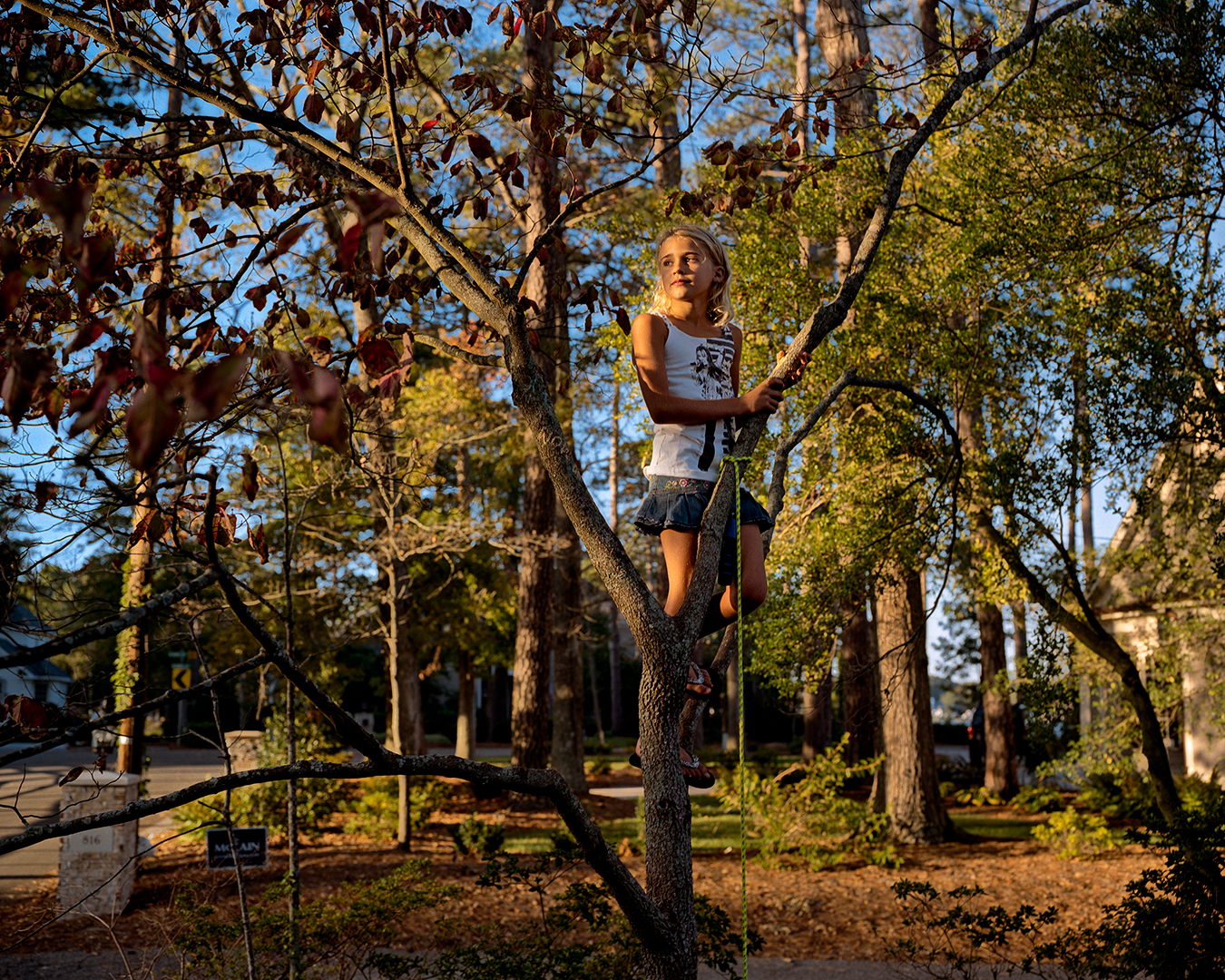
I got into photography basically to hide. I wanted to hide behind the camera. I didn’t want to be in front of the camera. I wanted to be able to see life, capture life, through the lens. And so you’ll see I don’t photograph movie stars, I don’t photograph celebrities, I don’t photograph politicians. I photograph you. Maybe some of you are movie stars or politicians, I don’t know. And I’ll photograph you too, I promise. But mostly I’m photographing every day life.
Like this little girl in a tree. What is she doing? I don’t know what she was doing in a tree. I was photographing her family and I was doing a story, a photo essay, on American families and this photograph happened. Sometimes I use medium format film, sometimes I use digital, sometimes I use my iPhone. I usually use my iPhone. So I’ve tried to capture everyday little moments.
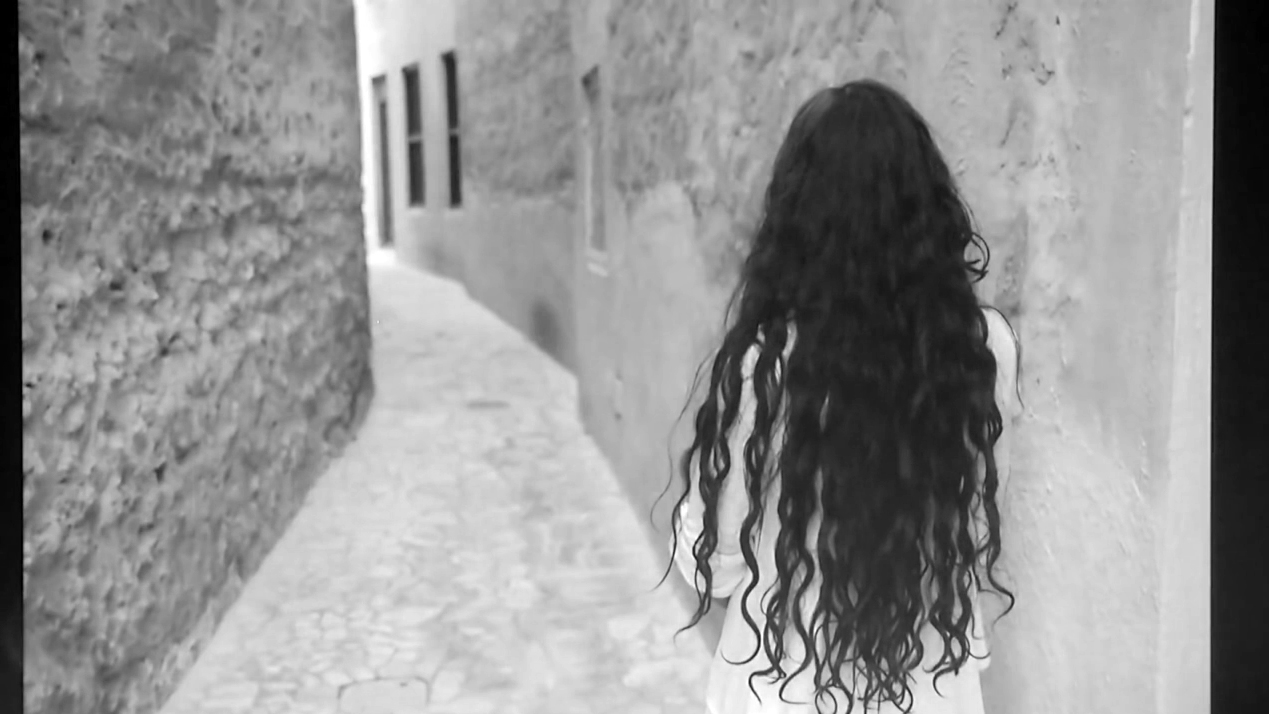
I was influenced of course, by Henri Cartier-Bresson and Robert Frank. Why? Because I saw, when I was a kid in a small town in Virginia, that photographers, most photographers, they needed war, or they needed a famous person, or they needed a fantastic scenic. I was living in a small town where there was no scenery, no war, no famous models, no big sporting events. So I had to photograph whatever was around me. That’s why I gravitated, influenced a lot by the French Impressionist painters. You’ll see in my color work the influence of the master Italian painters. Because painting, music and literature were much more important to me than photography even though photography was my medium. So some things were behind, some things were more revealing but I became very interested in photography as an art form even though I was earning my living as a documentary photographer for magazines.
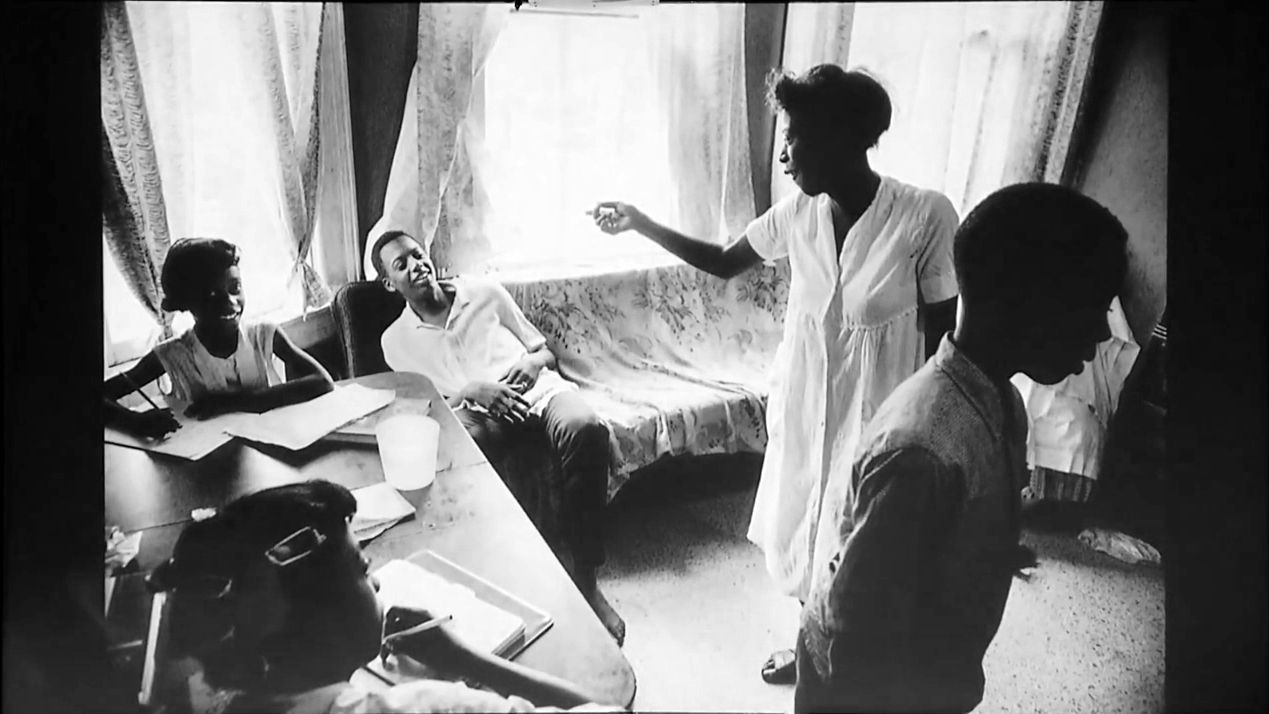
This is the beginning of my second book and I’m actually here in Italy now to reprint this book. This is a book that I did when I was 21 years old. And I knew that also I had to do something important with my, something socially relevant with my photography. I was working as a lifegaurd at the beach, I was having fun at the beach, I lived in a beach town. All white neighborhood. I knew I had to do something else. And I went and lived with a black family in what we called the ghetto in Norfolk Virginia. And I went and lived with this family because I knew I had to do something important with my work.
So I lived with this family, this is 48 years ago that I lived with this family in Norfolk Virginia. I have just now been reuinited with this family like 3 weeks ago. And again, I’m here in Italy to reprint this book because it was my first book but we printed like 500 copies or something. So nobody really knows about it. So this is going to be new work that’s old work.
Again, I was 21 years old. I got recognized by the Virginia Museum of Fine Arts, I got a grant and so I was on my way as a photographer at that age. But I don’t think anybody at that time or even had photographed like one family. Bruce Davidson, a well known Magnum photographer, did East 100 street, but East 100 street which is a very famous book about black life in America, came 5 years after this book. And who told me that? Bruce Davidson. I didn’t even realize it.
So I got to know this family well. And I’m getting to know them again now so it’s a beautiful circle. And you hear about all the negative stuff, particularly in the United States about racism and everything and this is a really positive story. You’ll notice I didn’t photograph the poverty side of their life, I just photographed them.
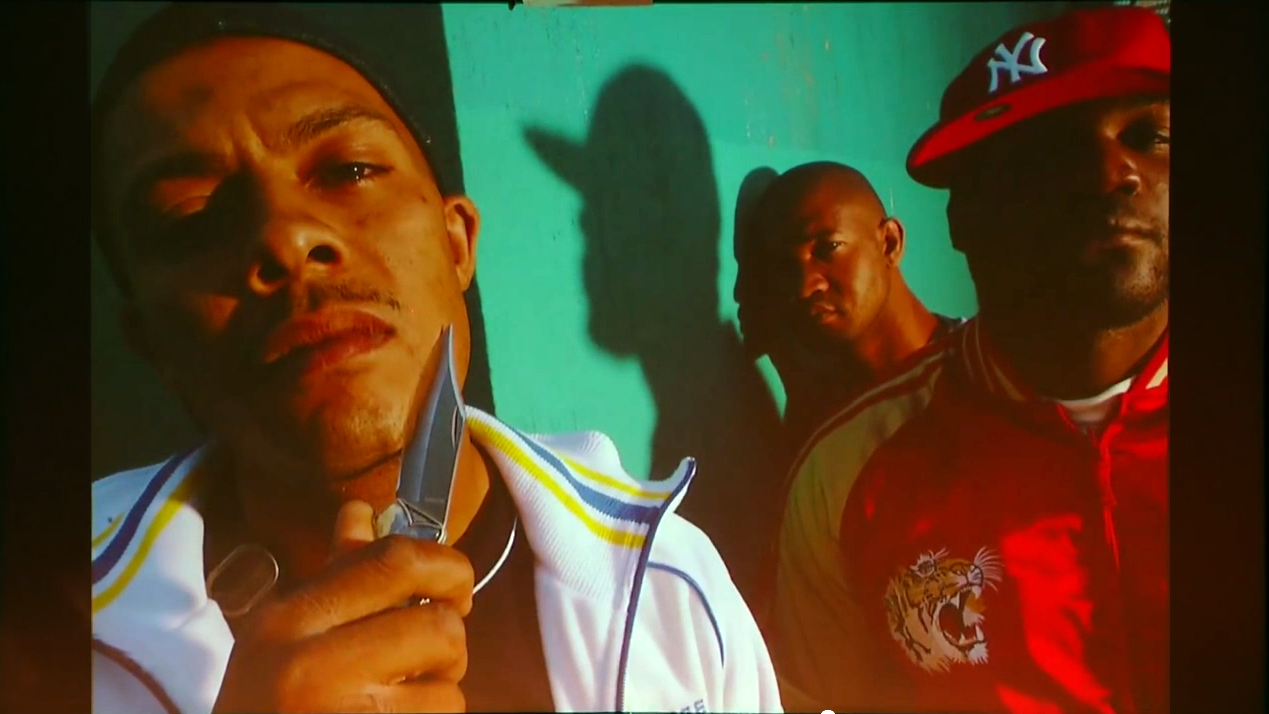
Because I went out of my comfort zone to go into this neighborhood in the first place, I realized at some point that I was able to go anywhere and be able to become part of any culture anywhere at anytime. I learned how to do that. I did a story on hip-hop and it took me back into places that were way out of my comfort zone. And was able to do this story. This actually was a story for National Geographic magazine on hip-hop.
And I rejected Cartier-Bresson at some point. Cartier-Bresson was black and white, he was the fly on the wall. He was back here, he was invisible. I just couldn’t do that, I hang out with people. I have a beer with them, I socialize with them, I become part of their lives and then I get the Cartier-Bresson like moment but after I’ve gone inside.
You can check out more of David Alan Harvey’s work on his Magnum page:
David Alan Harvey On Magnum Photos.
He also curates Burn Magazine, a online publicatioin dedicated emerging photographers:
Burn Magazine By David Alan Harvey.
The David Alan TED talk was given as part of TEDxVerona, an independantly organized TED event held in Verona, Spain. TED stands for Technology, Entertainment and Design and the TED organization aims to share “ideas worth spreading”. What started as a four-day conference in California has grown to worldwide initiative with major players present progressive ideas that can change the world.
What’s your take on the David Alan Harvey TED Talk? Was it an insightful look behind the lens of a great photographer? Post your ideas in the comments below and keep the conversation going!

